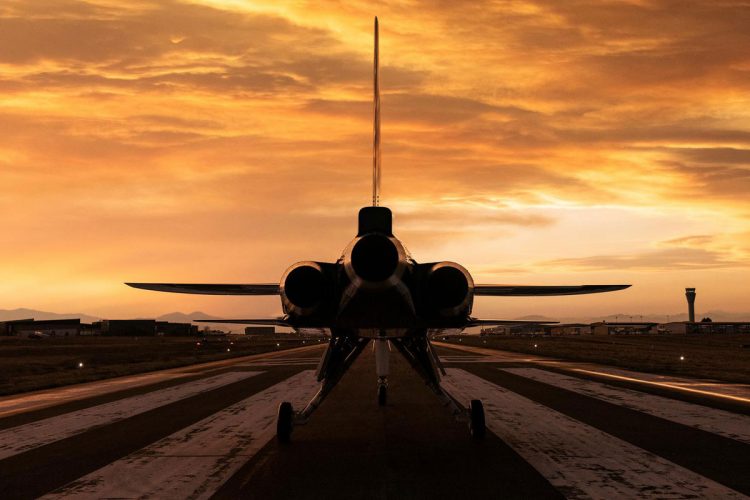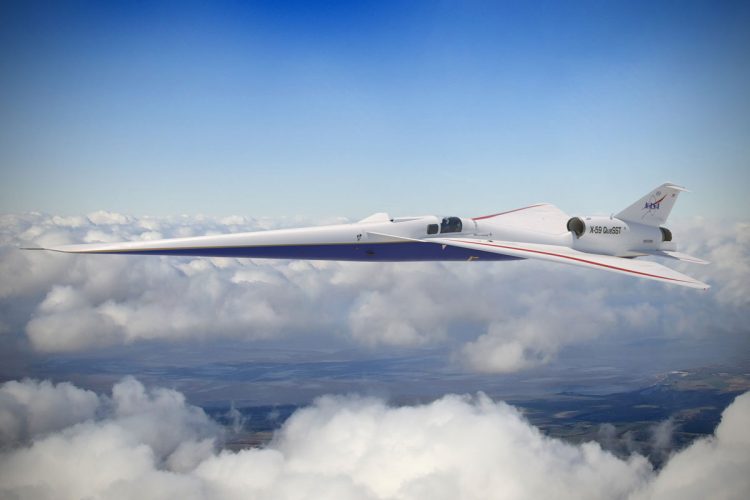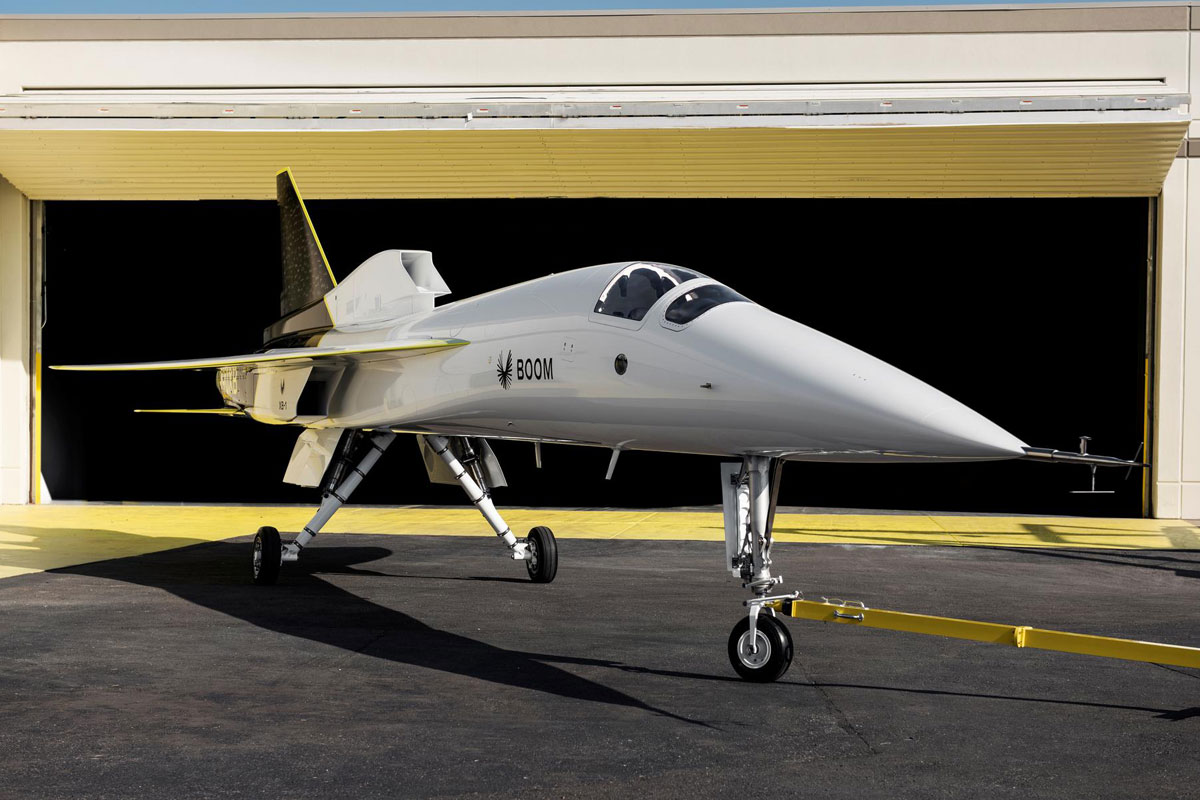Fifty years ago, the Concorde and its Russian rival Tu-144 pioneered supersonic passenger flight, but ended up succumbing for several reasons, including high operating costs, limited range and also noise.
Due to the high speed, these jets caused the supersonic boom that reached the ears of the inhabitants of the places where they flew. Because of this problem, US officials have banned the Concorde from flying over the country above the speed of sound, preventing the Anglo-French aircraft from having any chance of commercial success.
Retired in 2003, Concorde ended the first supersonic era in civil aviation, however, the aerospace industry is close to making that possibility real again. This week, one of the most advanced projects, Overture, from the US startup Boom Supersonic, took an important step in unveiling the XB-1 concept plane.
Looking like a fighter plane, the prototype of just over 21 meters in length takes only the pilot and is equipped with three GE J85 engines, the same ones used by the F-5 Tiger II. The experimental aircraft is expected to fly in 2021 to prove that the design of a passenger jet with a capacity of up to 88 seats is indeed feasible.

Silence
Among the challenges are a low emission of pollutants, resisting the heat generated by the flight and, of course, overcoming the sound barrier economically.
But it is in one aspect that the XB-1 will be put to the test: silence. To pave the way for the second generation of supersonic civilian planes, it will be necessary to reduce the noise generated by the breaking of the sound barrier.
The solution lies in the advanced design of the fuselage and wings, which are located in a more rear position. This configuration aims to ‘delay’ the supersonic boom as much as possible and thus make it smoother.
The XB-1 is not alone in this endeavor. NASA, in partnership with Lockheed Martin, develops a similar concept plane, the X-59 QueSST and is only a few months behind Boom. However, the intention of the US space agency is to help the various supersonic aircraft initiatives, in addition to the government itself, to create the standards to regulate this type of flight in the future.

Augmented reality
Like the XB-1, the X-59 also carries a pilot, has short wings and an engine used by military aircraft, the GE F414. But the Skunk Works division’s experimental aircraft is more radical.
Its long nose is one of the concepts to allow the noise generated by the airplane to not exceed 75 decibels, or similar to the closing of a car door.
The large nose prevents the pilot from having a clear view ahead, so Lockheed Martin designed the eXternal Vision System, a system of cameras and front displats that will allow you to see the outside in augmented reality. A similar solution will also be tested by the XB-1.
The X-59 program was delayed by the pandemic and NASA’s goal is to complete prototype assembly and ground testing in mid-2021. The first flight is expected to take place in 2022, a year after XB-1.
What both planes expect is that when flying through inhabited regions, hardly anyone notices their presence. This will be the biggest victory for these aircrafts.

